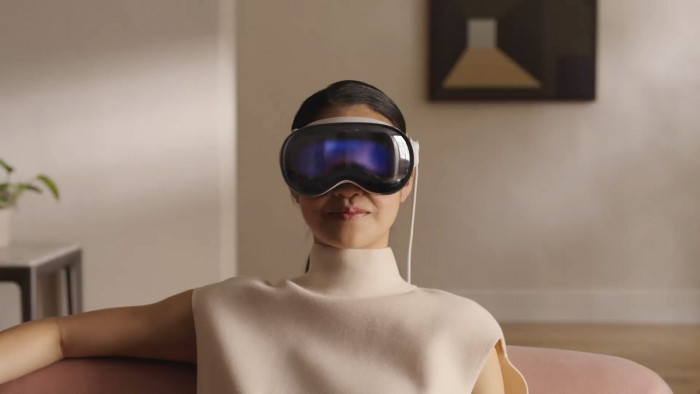Today, Microsoft is hoping to make amends.
Ever since it took a touchy-feely approach to its operating system with Windows 8, the computer giant has come under near-constant criticism for messing with the gradual, understandable adjustments to its Windows experience. No Start button, a confusing union of touch and mouse interfaces, a wealth of hidden features only a tech expert/12-year-old would be able to find, Windows has come a long way from the glory days of '98 and XP.
So with Windows 10 arriving from 29 July, we've compiled a look back at the major moments in the desktop operating system's history.
1981: MS-DOS

Created by Bill Gates, Paul Allen and Steve Ballmer for IBM's PC, this black and white world of command lines and codes introduced the general public to a wealth of new computer terms. Shorthand for commands such as "C:", as well as the mysterious backslash, enter normal office parlance - but it's still bloody confusing to the majority. Rather than buying the system outright, IBM let Microsoft sell them a licence to MS-DOS, allowing Microsoft to licence it to other computer groups. Oracle's Larry Ellison has called IBM's decision "the single worst mistake in the history of enterprise on earth".
1985: Windows 1.0

Having flirted with the catchy title "Interface Manager", Microsoft decides to christen its new operating system "Windows" as a nod to its unique box-based interface. The mouse has revolutionised computer interaction, meaning that Microsoft could introduce a raft of fancy new systems to the new OS, including Paint, Windows Writer, Notepad and a calculator.
1987: Windows 2.0

With advanced graphics, overlapping windows and a new Control Panel feature, by 1988 Windows 2.0 had helped make Microsoft the largest PC software company in the world.
1990: Windows 3.0

The third major iteration of Windows brought many graphical tweaks which remain familiar to the OS, with icons living on a desktop environment. It also heralded the first major productivity-killers, with the inclusion of time consuming classics Solitaire, Hearts, and Minesweeper.
1995: Windows 95

It was almost impossible to keep up with the PC revolution of the mid nineties. Websites, email, 8 MB RAM. Such was the boom of the PC market, Windows 95 sold some seven million copies in its first five weeks. Amongst the most important tweaks to the interface was the Start button (which disappeared from Windows 8, much to everyone's dismay), and the ability to maximise, minimise and close individual windows.
1998: Windows 98

Chances are your grandparents have still got an old Dell in the basement running this beauty. Windows 98 fine-tuned the solid platform of 95, introducing a Quick Launch function for applications you wanted to find on the tool bar, the beefier Internet Explorer 4 and improved USB support. Wild times.
2001: Windows XP

Having got bored of naming its OS after model numbers and years, the next issue of Windows was cryptically named XP - short for "Experience". A mind boggling 45 million lines of code helped compile the OS, with subtle curves to its windows and neat "task grouping" added to the tool bar. So wide spread was the use of XP that Microsoft only stopped offering support and updates for the system in April 2014.
2009: Windows 7

The underwhelming graphical nudge of 2006's Windows Vista was followed by Microsoft's first major venture into the world of wireless computing, a response to consumers' growing preference for laptops.
2012: Windows 8

Everything went a bit touch-crazy with Windows 8. The Start Button, the bottom-left-hand-corner anchor for the whole Windows experience disappeared in favour of the Start Screen, filled with customisable tiles and apps that only really made sense if you were using the OS on a touch screen device. A set of improvements arrived in 2013's Windows 8.1.
2015: Windows 10

With the name 'Windows 9' apparently being skipped to avoid a potential programming bug (though Microsoft has said it just prefers 10), the software giant is pinning its OS hopes on the shiny new Windows 10. The Start Button is back, along with improved multitasking (!) and modern apps running in the desktop rather than the strange nether world of the Start Tile Menu.










